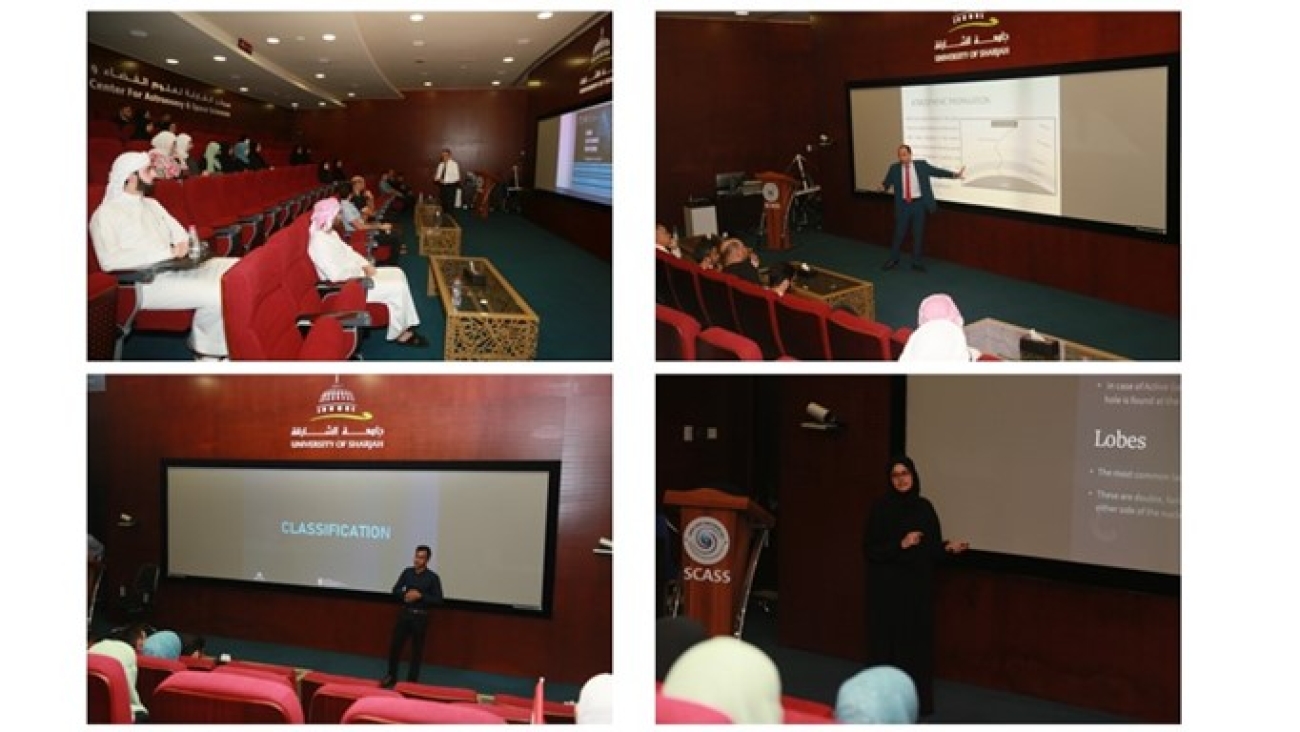The SAASST radio astronomy laboratory and its research assistants, Mr. Mohamed Rihan, Mr. Abdollah Masud, Mr. Mohamed Musharraf, and Ms. Arzooni Noorani, organized this workshop.
Prof. Ilias Fernini, the SAASST Director for the Space Sciences Department, gave the introductory lecture and emphasized radio astronomy's role in the universe's overall study in the radio domain. The types of celestial objects that emit in the radio can only be detected in the radio. For example, diffuse cool gas in the form of atomic hydrogen is only observed because it emits or absorbs by means of the (first order forbidden) hyperfine structure line at λ = 21 cm. The emission from this gas cannot be detected by any other means. An astrophysicist investigating a specific object collects information with optical, radio, or other techniques. In this sense, today, there is no separate scientific discipline of radio astronomy. Today, radio astronomy is a science that depends on complex instruments to gather data, including instrumental properties, advantages, and limitations. These instruments are often no longer built by the user. To interpret the measurements, theoretical concepts must be applied to the data. These concepts belong to various physical fields, ranging from plasma to molecular physics.
Mr. Mohamed Rihan's intervention focused on the decametric observations and the use of low frequency to observe solar phenomena and Jovian radio emissions. Rihan also described the different types of antennas used in the decametric region. Next, Mr. Mohamed Musharrah presented the Fanaroff-Riley classification of extragalactic radio sources. He explained the FR0, FRI, and FRII radio classifications with specific examples. Finally, Ms. Arzoo Al-Noorani went into defining the Active Galactic Nuclei, especially the FRI and FRII morphological differences, in light of the radio core, lobes, hotspots, and jets. The workshop was very interactive since the attendees were given different exercises to check on the information provided to them by the lectures.



